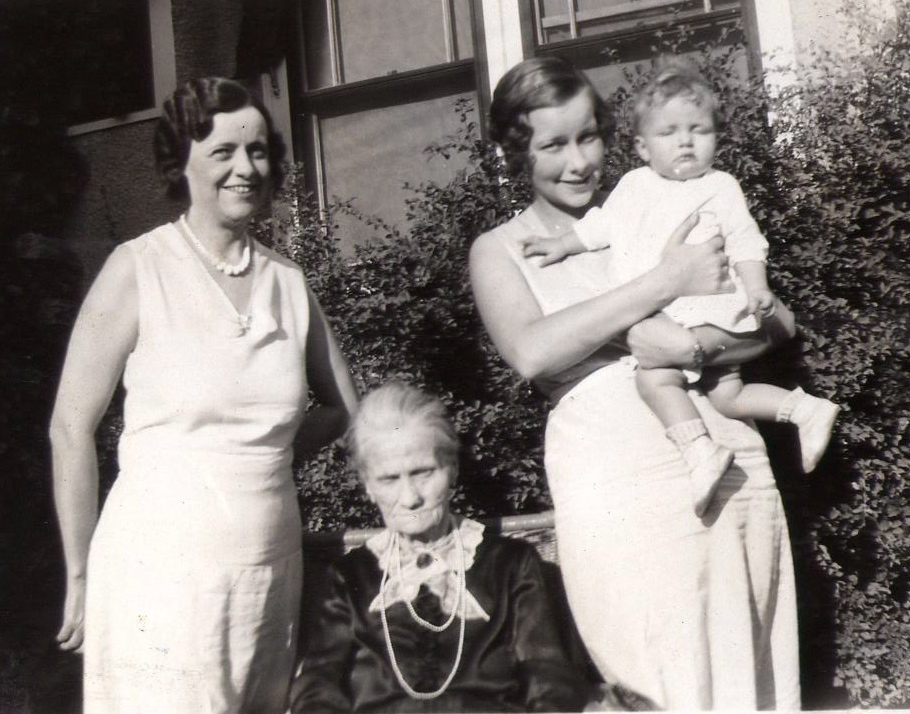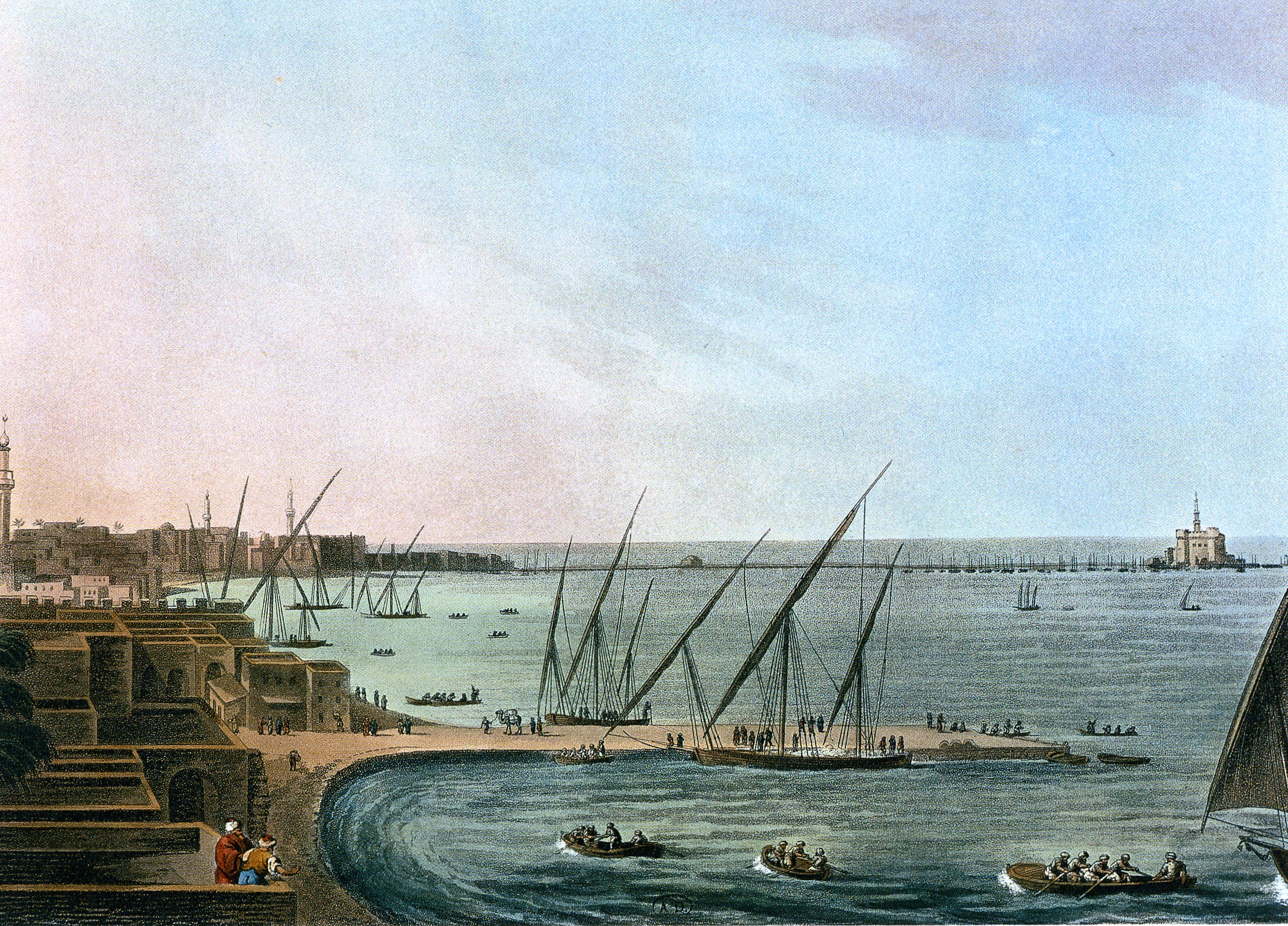|
Fatma Sultan (daughter Of Ahmed I)
Fatma Sultan (, "''one who abstains''"; 1606/1607, Topkapi Palace, Constantinople, – 1670,) Constantinople) was an Ottoman princess. She was the daughter of Sultan Ahmed I (r. 1603–1617) and Kösem Sultan, sister of Murad IV (r. 1623–1640) and Ibrahim (r. 1640–1648), and the paternal aunt of Mehmed IV (r. 1648–1687). She is known for her many political marriages. Life The year of her birth has been suggested as 1606 or 1607. She lived in Topkapi Palace until her father's death in 1617, when she had to follow her mother and sisters to Eski Saray. She returned to court in 1623, when her younger brother Murad IV became the new sultan. Marriages The Ottoman princesses were normally married away, to influential Ottoman officials, by their mothers or paternal grandmothers, who had the right to arrange their marriages and arranged matches which could be of political use. They had privileges in marriage which separated them from other Muslim females: such as the right to be ... [...More Info...] [...Related Items...] OR: [Wikipedia] [Google] [Baidu] |
Kara Mustafa Pasha (governor Of Egypt)
Kara Mustafa Pasha (died 1628) was an Ottoman statesman who served twice as the Ottoman governor of Egypt, firstly from 20 July to 9 October 1623 and secondly from 12 February 1624 to 16 May 1626. He also served earlier as the agha (chief) of the Janissary corps in 1623. Mustafa Pasha was educated in the Enderun palace school. He married Fatma Sultan, a daughter of Sultan Ahmed I, in 1628 but was executed that same year by the reigning Sultan (and his new brother-in-law) Murad IV. First term After taking office as governor of Egypt for the first time, he accused his predecessor Silahdar Ibrahim Pasha of failing to pay the customary contribution of every governor of Egypt to the treasury. He sent his ''kaymakam'' (lieutenant) Salih Bey after Ibrahim Pasha, who told Salih Bey that whatever money he owed, he would give directly to the sultan in Istanbul, where he was headed anyway. However, the deposition of the Sultan Mustafa I and the succession of Murad IV to the throne, as ... [...More Info...] [...Related Items...] OR: [Wikipedia] [Google] [Baidu] |
Daughters Of Ahmed I
A daughter is a female offspring; a girl or a woman in relation to her parents. Daughterhood is the state, condition or quality of being someone's daughter. The male counterpart is a son. Analogously the name is used in several areas to show relations between groups or elements. From biological perspective, a daughter is a first degree relative. The word daughter also has several other connotations attached to it, one of these being used in reference to a female descendant or consanguinity. It can also be used as a term of endearment coming from an elder. In patriarchal societies, daughters often have different or lesser familial rights than sons. A family may prefer to have sons rather than daughters and subject daughters to female infanticide. In some societies, it is the custom for a daughter to be 'sold' to her husband, who must pay a bride price. The reverse of this custom, where the parents pay the husband a sum of money to compensate for the financial burden of the woman ... [...More Info...] [...Related Items...] OR: [Wikipedia] [Google] [Baidu] |
1600s Births
Sixteen or 16 may refer to: *16 (number) *one of the years 16 BC, AD 16, 1916, 2016 Films * '' Pathinaaru'' or ''Sixteen'', a 2010 Tamil film * ''Sixteen'' (1943 film), a 1943 Argentine film directed by Carlos Hugo Christensen * ''Sixteen'' (2013 Indian film), a 2013 Hindi film * ''Sixteen'' (2013 British film), a 2013 British film by director Rob Brown Music * The Sixteen, an English choir * 16 (band), a sludge metal band * Sixteen (Polish band), a Polish band Albums * ''16'' (Robin album), a 2014 album by Robin * 16 (Madhouse album), a 1987 album by Madhouse * ''Sixteen'' (album), a 1983 album by Stacy Lattisaw *''Sixteen'' , a 2005 album by Shook Ones * ''16'', a 2020 album by Wejdene Songs * "16" (Sneaky Sound System song), 2009 * "Sixteen" (Thomas Rhett song), 2017 * "Sixteen" (Ellie Goulding song), 2019 *" Six7een", by Hori7on, 2023 *"16", by Craig David from ''Following My Intuition'', 2016 *"16", by Green Day from ''39/Smooth'', 1990 *"16", by Highly Suspect ... [...More Info...] [...Related Items...] OR: [Wikipedia] [Google] [Baidu] |
List Of Ottoman Governors Of Egypt
The Ottoman Empire's governors of Egypt from 1517 to 1805 were at various times known by different but synonymous titles, among them ''beylerbey'', viceroy, governor, governor-general, or, more generally, ''wāli''. Furthermore, the Ottoman sultans very often changed positions of their governors in rapid succession, leading to complex and long lists of incumbents (this being the main reason for a political crisis in 1623, where the local Ottoman soldiers successfully sued to keep Kara Mustafa Pasha as governor after his replacement by Çeşteci Ali Pasha after only one year). Governors ruled from the Cairo Citadel in Cairo. They ruled along with their divan (governmental council), consisting of a ''kadı'' (judge) and '' defterdar'' (treasurer). The title "''beylerbey''" refers to the regular governors specifically appointed to the post by the Ottoman sultan, while the title "''kaymakam''", when used in the context of Ottoman Egypt, refers to an acting governor who ruled over th ... [...More Info...] [...Related Items...] OR: [Wikipedia] [Google] [Baidu] |
Egypt Eyalet
Ottoman Egypt was an administrative division of the Ottoman Empire after the Ottoman–Mamluk War (1516–1517), conquest of Mamluk Egypt by the Ottomans in 1517. The Ottomans administered Egypt as a Eyalet, province (''eyalet'') of their empire (). It remained formally an Ottoman province until 1914, though in practice it became increasingly autonomous during the 19th century and was under de facto British Empire, British control from 1882. Egypt always proved a difficult province for the List of sultans of the Ottoman Empire, Ottoman Sultans to control, due in part to the continuing power and influence of the Mamluks, the Egyptian military caste who had ruled the country for centuries. As such, Egypt remained semi-autonomous under the Mamluks until Napoleon Bonaparte's French First Republic, French forces invaded in 1798. After Anglo-Turkish forces expelled the French in 1801, Muhammad Ali of Egypt, Muhammad Ali Pasha, an Albanian military commander of the Ottoman army in Egyp ... [...More Info...] [...Related Items...] OR: [Wikipedia] [Google] [Baidu] |
Köprülü Mehmed Pasha
Köprülü Mehmed Pasha (, , ; or ''Qyprilliu'', also called ''Mehmed Pashá Rojniku''; 1575, Roshnik,– 31 October 1661, Edirne) was Grand Vizier of the Ottoman Empire and founding patriarch of the Köprülü political dynasty. He helped rebuild the power of the empire by rooting out corruption and reorganizing the Ottoman army. As he introduced these changes, Köprülü also expanded the borders of the empire, defeating the Cossacks, the Hungarians, and most impressively, the Venetians. Köprülü's effectiveness was matched by his reputation. Biography Early life He was born in the village of Roshnik in the Sanjak of Berat, Albania to Albanian parents. Rise through the imperial service He eventually rose to the rank of pasha and was appointed the '' beylerbey'' (provincial governor) of the Trebizond Eyalet in 1644. Mehmed Pasha's early rise was facilitated by his participation in patronage networks with other Albanians in the Ottoman administration. His main p ... [...More Info...] [...Related Items...] OR: [Wikipedia] [Google] [Baidu] |
Edirne Palace
Edirne Palace (), or formerly New Imperial Palace (), is a former palace of the Ottoman Empire, Ottoman sultans in Edirne (then known in English as Adrianople), built during the era when the city was the capital of the empire. Few of the palace buildings have survived until now, however reconstruction works are underway. History The palace was built in a hunting ground and woods covering land north of the city on the west bank of the Tundzha, Tunca river. Construction of the palace began in 1450 during the reign of Murad II (), but stopped when the sultan died. After some time, work was resumed and it was completed by Mehmed the Conqueror () in 1475. In the following years, the palace was continuously maintained and extended with new buildings around it during the reigns of Suleiman the Magnificent (), Ahmed I (), Mehmed IV (), Ahmed II () and Ahmed III (). The palace remained unused from 1718, when Ahmed III relocated his seat to Istanbul, until 1768, when Mustafa III () retur ... [...More Info...] [...Related Items...] OR: [Wikipedia] [Google] [Baidu] |
Hümaşah Sultan (wife Of Ibrahim)
Hümaşah Sultan (; "''Şah's phoenix''"; 1630 – after 1676) was the Eighth Haseki and only legal wife of Sultan Ibrahim of the Ottoman Empire. Marriage Hümaşah married Ibrahim in 1647, and was given the title of "Eighth Haseki". After her marriage she became known as "Telli Haseki" because of the silver and gold threads (tels) that are traditionally used to adorn a bride's hair. Her marriage was described by the historian Mustafa Naima: After marrying her, Ibrahim gave her the treasury of Egypt as dowry and ordered the palace of Ibrahim Pasha to be carpeted in sable furs and given to her. Ibrahim subjected his sisters, Kösem's daughters Ayşe, Fatma and Hanzade, and his niece Kaya to the indignity of subordination of his concubines. He took away their lands and jewels, and made them serve Hümaşah, by standing at attention like servants while she ate and by fetching and holding the soap, basin and the pitcher of water with which she washed her hands. Because of w ... [...More Info...] [...Related Items...] OR: [Wikipedia] [Google] [Baidu] |
Haseki Sultan
Haseki Sultan (, ''Ḫāṣekī Sulṭān'' ) was the title used for the chief consort of an Ottoman sultan. In later years, the meaning of the title changed to "imperial consort". Hurrem Sultan, principal consort and legal wife of Suleiman the Magnificent, was the first holder of this title. The title lost its exclusivity under Ibrahim I, who bestowed it upon eight women simultaneously. The title haseki sultan was used until the 17th century. After that, '' kadınefendi'' became the highest ranking title for imperial consorts, although this title was not as prestigious as haseki sultan. Term The word ''haseki'' (خاصکي-خاصگی) comes from the Arabic word ''Khassa'' (خاصه) which is suffixed with the Persian ''gi'' (گی) and means "to attribute something exclusively to". ''Haseki'' is, therefore, one who belongs exclusively to the sultan. Sultan (سلطان) is an Arabic word, that indicates "authority" or "dominion". starting from the 16th century, this title was ... [...More Info...] [...Related Items...] OR: [Wikipedia] [Google] [Baidu] |
Kaya Sultan
Ismihan Kaya Sultan (, "''purity of the Khan''" or ''"highness of the Khan''" and "''chastity''"; 1630/1633 – 28 February 1658) was an Ottoman princess. She was the daughter of Ottoman sultan Murad IV. The famed Ottoman traveler Evliya Çelebi noted a specific encounter with Kaya Sultan in his ''Book of Travels''. An entire chapter of the book is dedicated to Kaya Sultan, from her pregnancy to her death. She was the most famous child of Murad IV and the favorite granddaughter of Kösem Sultan. Early life Kaya was born to Sultan Murad IV between 1630 and 1633. The marriage of princesses for political ends has always been used by the sultans, and Kaya was no exception. In the early 1640s, Kösem Sultan triumphed over Kaya's mother (maybe Ayşe Sultan), a concubine of her recently deceased son Murad IV in a dispute over the marital fortunes of Kaya Sultan. Kaya Sultan’s mother wanted her to marry one of her own political friends, the previous sultan's Silahdar (sword-bearer ... [...More Info...] [...Related Items...] OR: [Wikipedia] [Google] [Baidu] |





